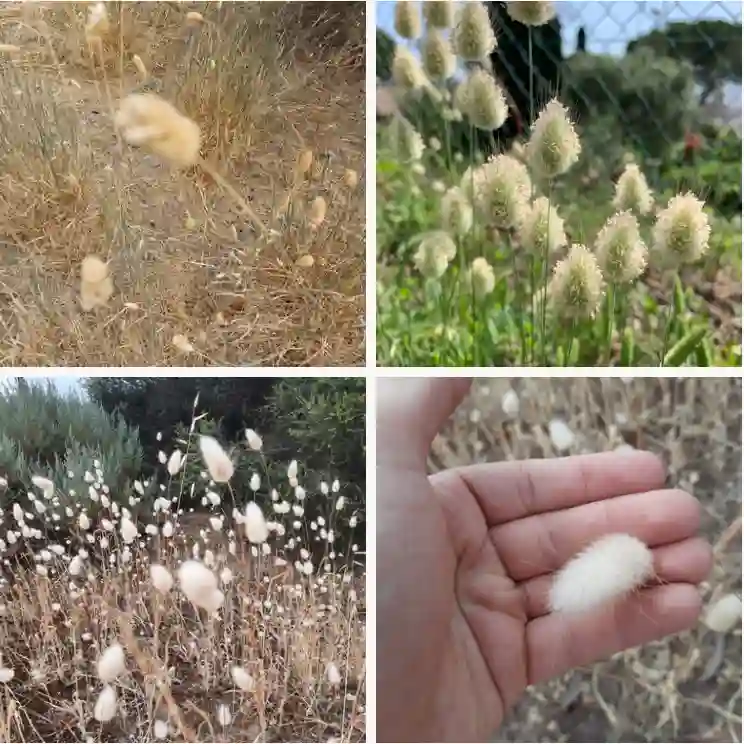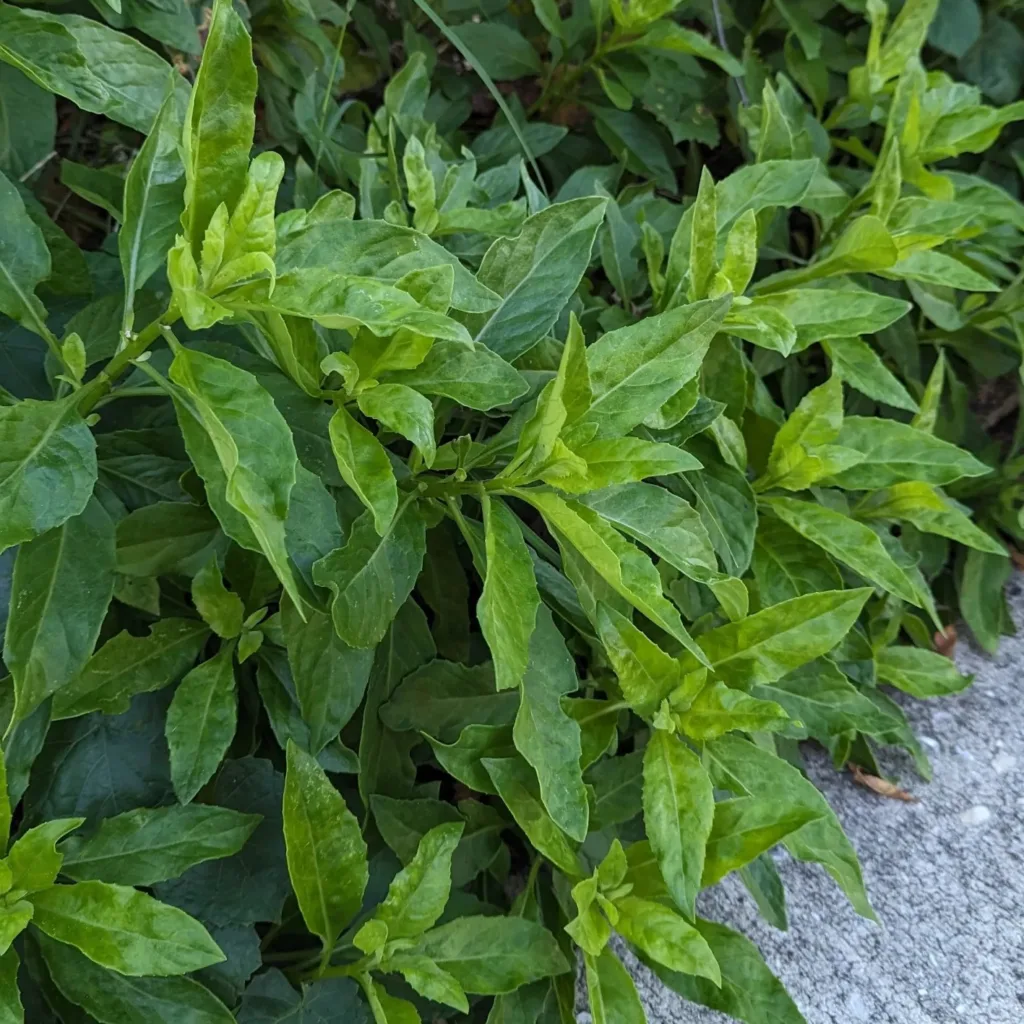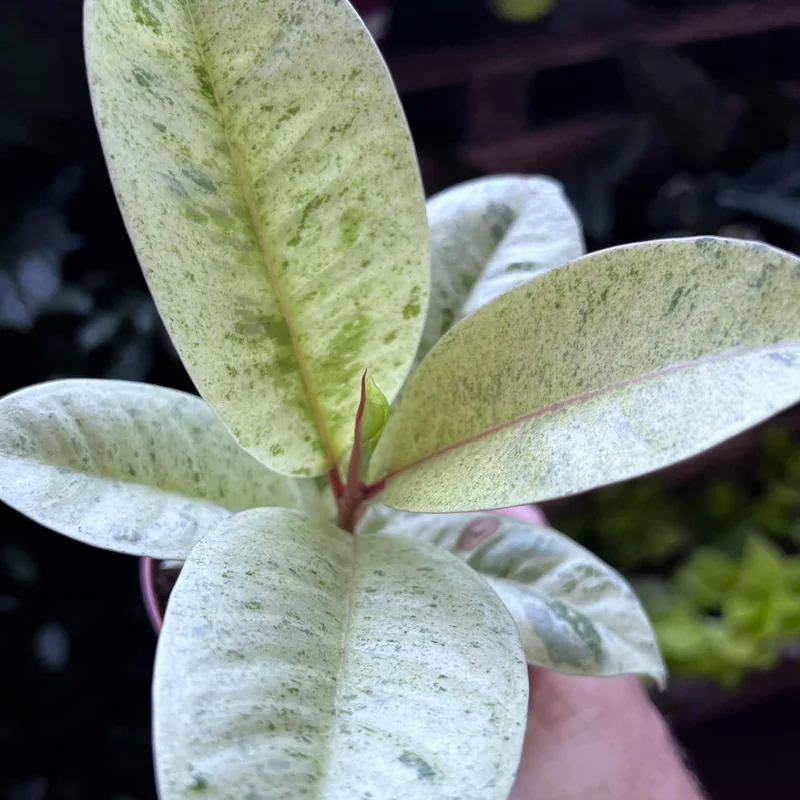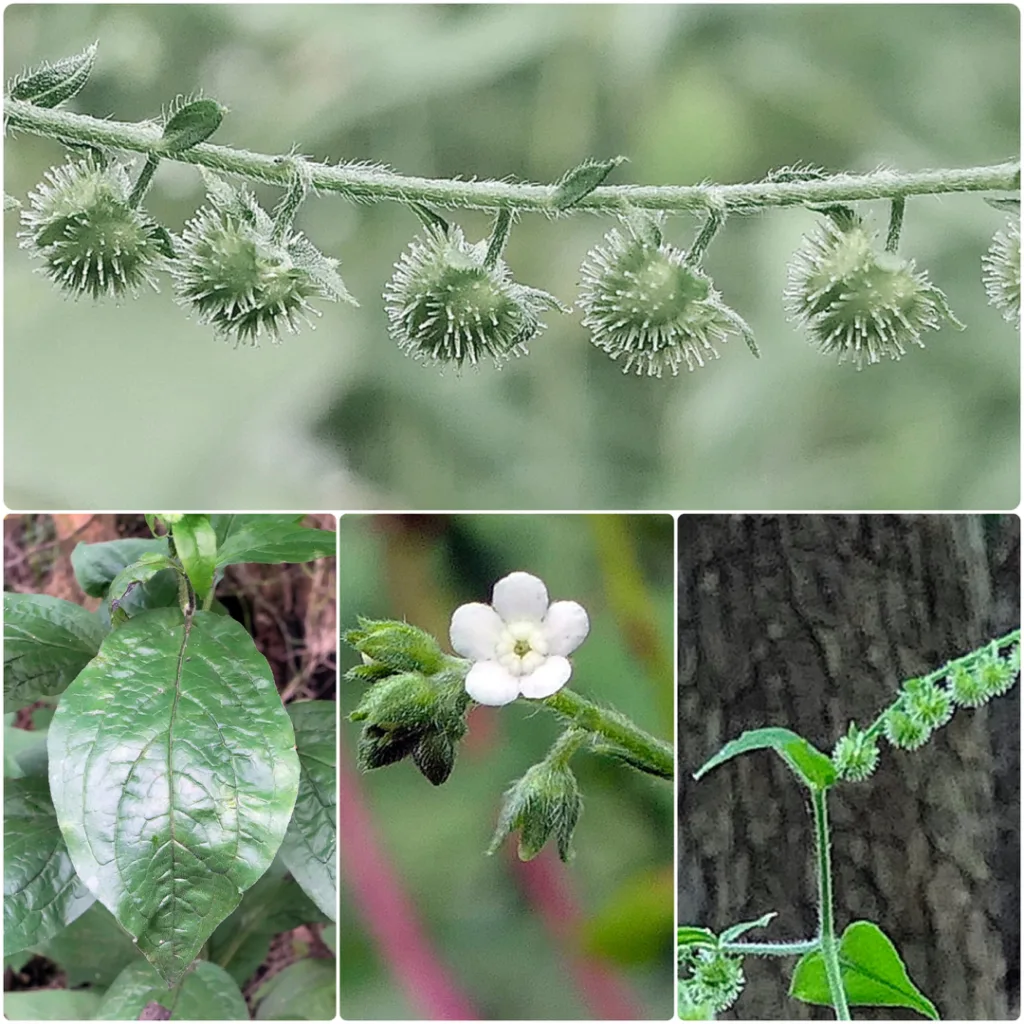Frequently Asked Questions About Ehretia Anacua
As someone who loves exploring different trees and plants, one tree that has caught my attention is the Ehretia Anacua. Commonly known as Anacua, it’s a beautiful addition to any landscape, especially in areas with warm climates. It’s not only native to South Texas and parts of Mexico, but also valued for its unique characteristics. In this article, I’ll dive into some of the most frequently asked questions about this intriguing tree based on my experiences and observations.
What is Ehretia Anacua?
Ehretia Anacua, often called Anacua or Sandpaper Tree, is a medium to large-sized tree that grows primarily in Texas and northern Mexico. The name “Anacua” comes from the Nahuatl word meaning “water-loving,” although this tree is quite drought-tolerant once established. It can reach heights of up to 50 feet, making it a popular choice for shade. One of the most noticeable features is its rough, sandpaper-like leaves, which is how it got its common name. These leaves are dark green and have a leathery texture.
Is Ehretia Anacua Evergreen?
Yes, Ehretia Anacua is evergreen, meaning it retains its leaves year-round in warmer climates. However, in colder regions or during prolonged dry periods, the tree can lose some of its leaves, giving it a semi-evergreen appearance. This quality makes it an excellent choice for providing consistent shade and privacy in landscapes, especially in subtropical and temperate areas.
How to Care for Ehretia Anacua?
Caring for Ehretia Anacua is relatively straightforward. From my experience, this tree is low-maintenance once it is well-established. Here are a few basic care tips:
- Watering: While Anacua can tolerate dry conditions, it thrives with moderate watering, especially during its early years. Once established, it requires minimal supplemental water unless there’s an extended drought.
- Soil: This tree isn’t picky about soil. I’ve seen it flourish in various soil types, from sandy to loamy, as long as there is good drainage.
- Sunlight: Ehretia Anacua prefers full sun to partial shade. In areas with hot summers, a bit of afternoon shade can help prevent leaf scorch.
- Pruning: Pruning isn’t necessary, but it can help shape the tree. I recommend trimming in late winter or early spring to encourage new growth.
How to Propagate Ehretia Anacua?
Propagation of Ehretia Anacua can be done through seeds or cuttings. I’ve found that seeds are the most common method. If you choose to grow from seeds, it’s essential to plant them in well-drained soil and keep the soil consistently moist until they germinate. Softwood cuttings can also be taken in the summer, but this method requires more attention and care.
Can You Grow Ehretia Anacua Indoors?
Growing Ehretia Anacua indoors is not advisable due to its size. This tree is better suited for outdoor spaces, where it can grow to its full potential. However, it makes an excellent addition to gardens, large yards, or public landscapes.
Is Ehretia Anacua Toxic?
Ehretia Anacua is not known to be toxic to humans or pets. In fact, the small white flowers and fruit it produces attract birds, which feast on the berries. The berries are edible for wildlife but are not typically consumed by humans. That said, always exercise caution and do thorough research when dealing with unfamiliar plants, especially around pets.
Benefits of Planting Ehretia Anacua
There are several benefits to planting Ehretia Anacua in your landscape:
- Shade Provider: Its dense canopy provides excellent shade, which is perfect for hot climates.
- Wildlife Friendly: The tree’s small white flowers attract pollinators like bees and butterflies, while its fruit attracts birds, adding life and movement to your garden.
- Drought Tolerance: Once established, it’s highly drought-tolerant, making it ideal for xeriscaping.
- Low Maintenance: Anacua doesn’t require frequent care, making it a hassle-free addition to any landscape.
What Are Common Problems with Ehretia Anacua?
Although Ehretia Anacua is hardy and resilient, it’s not immune to a few problems. In my experience, the most common issue is leaf scorch, particularly if it’s planted in an area that gets too much direct afternoon sun. Additionally, like most trees, it can attract pests such as aphids and scale insects. Keeping an eye out for these issues and taking early action can prevent long-term damage. Occasionally, fungal diseases can affect the tree, especially if it is planted in poorly drained soils. Ensuring good air circulation and avoiding overwatering are ways to mitigate these risks.
What to Plant with Ehretia Anacua?
When thinking about companion plants, consider species that enjoy similar growing conditions. Drought-tolerant plants like Texas Sage, Mexican Feather Grass, and Cenizo pair well with Anacua. These plants complement the tree’s rustic appearance while thriving in similar soil and light conditions.
Compare Ehretia Anacua with Other Similar Trees
Ehretia Anacua is sometimes confused with other evergreen trees like Live Oak or Texas Persimmon. While they may share some similarities in terms of drought tolerance and size, Anacua stands out due to its sandpaper-like leaves and distinctive white flowers. In my opinion, its unique texture and the wildlife it attracts give it a special charm compared to other native trees.
Conclusion
Ehretia Anacua is a robust and visually striking tree that can enhance any landscape, particularly in warmer climates. Its evergreen nature, low-maintenance care, and wildlife-friendly features make it a favorite of mine. Whether you’re looking for a shade tree or simply want to attract more birds and pollinators to your garden, Anacua is worth considering. I’ve thoroughly enjoyed learning about this tree, and I hope these FAQs help you appreciate its beauty and utility as much as I do!
If i die, water my plants!



